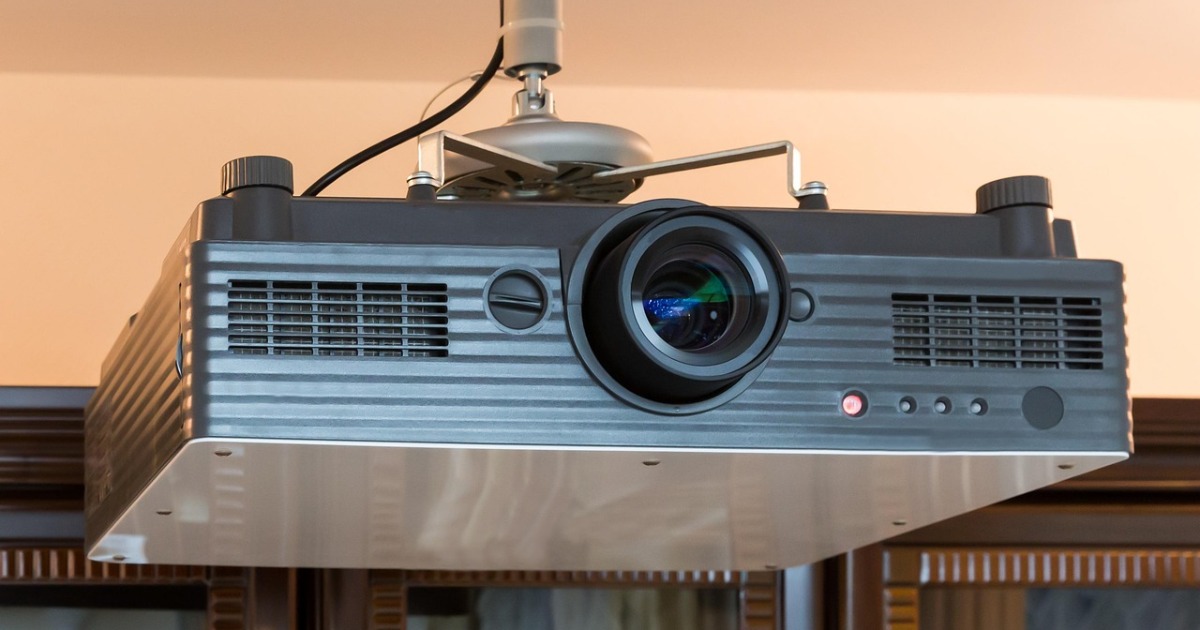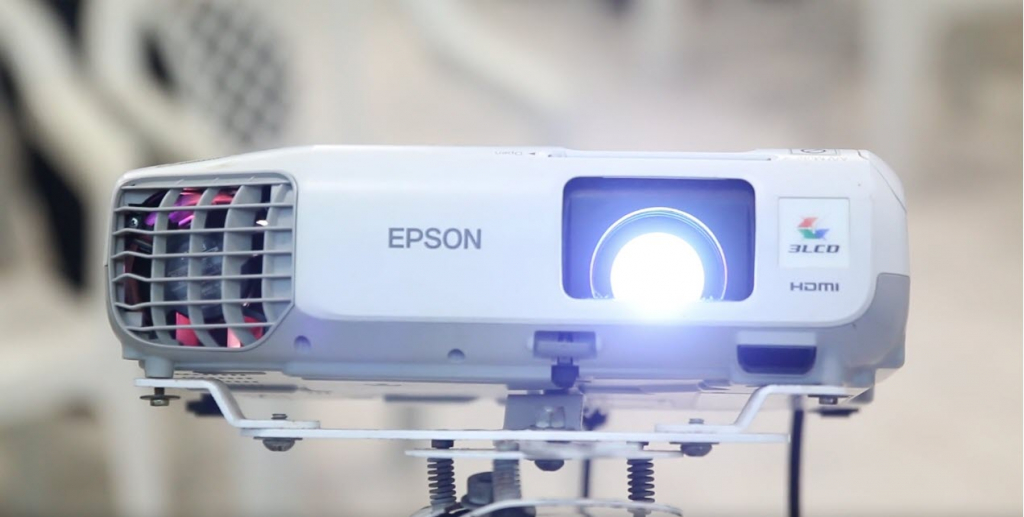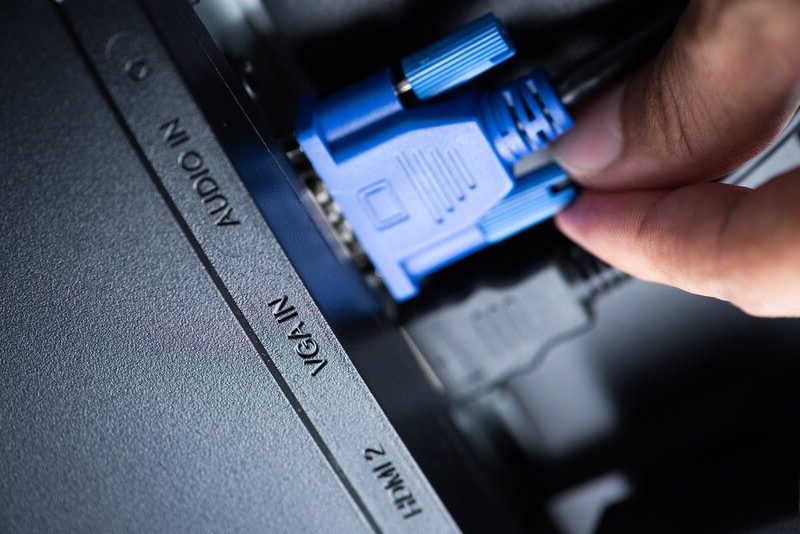Do Projectors Have HDMI Ports? 4 Steps To Connect A Projector To Your Device
- 08 Feb 2025 04:32
- 198

Projectors are great devices for presenting pictures and videos. You need a connection port that allows linking the computer with the presentation device. Having a wide variety of connections to choose from is a wonderful thing. However, it also makes setting up the system a complicated process. That's why the presence of the HDMI port is so important. So, do projectors have HDMI ports? Yes, most modern projectors have this feature. This output makes the connection process easier than ever. To learn more, read the article below with Display Central!
Do Projectors Have HDMI Ports?

Other Available Connections
Besides HDMI, you still have a lot of different connections to link the presentation device to other A/V devices, TVs, and Blu-Ray players. Let's explore some other options here:
USB (Universal Serial Bus)
People often use computers in parallel with presentation devices, so they need many separate USB ports to connect. It is especially necessary when you want to use the stylus to connect and interact on the screen. You can connect them to the projector using a standard USB-A cable on Windows computers. In contrast, macOS devices will require the user to equip an adapter to use the cable. You can take advantage of almost any standard Macbook adapter. Just plug it in and follow the instructions on the screen to complete the setup. Don't forget to check if your presentation device is compatible with the USB port. Many projectors have this unit just for mounting external hard drives and storage devices.

VGA (Video Graphics Array)
VGA ports frequently appear in laptops and desktops, even projectors. This type of cable has a 15-pin connector on each end that connects to the port on each device. The downside of this type of connector is that they are not compatible with many different types of TVs. VGA cable is only common with devices that support it. If your desktop monitor has a removable line, it can connect that device to the projector.
DVI (Digital Visual Interface)
Before HDMI cables dominated, DVI was the best choice for high-quality video images. Therefore, you can find a DVI port in any projector and compatible device hardware in most devices. The way to use this cable is similar to HDMI. With macOS devices, they need an adapter for everything to work. Fortunately, you can find a wide range of DVI adapters for VGA, HDMI, and USB Type-C. These converters can act both as outputs and as inputs.
Composite Video and S-Video
S-Video and composite video connections used to be the top choice on TVs and projectors. However, it has disappeared from modern devices with the flow of technology. You can recognize this composite connection through a yellow cable on a cable bundle consisting of three cores of red, white, and yellow wires. Currently, people only use it on desktop video cards.
Can You Connect Laptop To Projector With HDMI?

HDMI ports provide the best way to connect projectors with laptops. The process is very simple, consisting of only four steps:
Prepare A Right Cables
There are two important factors that you should consider to choosing the right cable: length and connections. The good news is that most portable devices, even slimmer ones like Chromebooks, also have HDMI ports. So you are not limited by options. Even so, you should still make sure that the cable will not affect the position of other components. The length of the cable will depend on where you mount the projector. Once the device is fixed, measure the distance between it and the computer. Don't buy too short cables because it requires space to move. Better yet, always choose products that are a bit longer.
Plug In Your Laptop
To play videos and images on the screen, a presentation device uses much power. As a result, some laptops have built-in management features to prevent the device from sending images when the battery is about to run out. It would help if you always charged the battery regularly to improve its overall performance. One obvious advantage is that the transmission process is less prone to delays and interruptions. The battery-saving features also can reduce video resolution, so charging the battery will help maintain image quality. If it's not convenient for you to charge the battery, check the power and power settings in the control panel. So, the continuous transmission of HD images will drain your device quickly.
Connect The Cable
Connect both the projector and the computer with a cable. You should focus your connection on only one port and not share many other sources. This action will help data, sound, and image transmission smoothly. In some cases, you want to connect a projector to another projector via Bluetooth. Do projectors have Bluetooth? Most modern projectors have Bluetooth for audio transmission. It is also one of the common features of smart projectors.
Turn On Your Device
Finally, turn on the device after completing the connection. If the projector has multiple ports, check which input channel you're using. Make sure your computer is connected to that channel. Once you've completed these procedures, you've finished connecting the projector to the computer.
FAQs
If you have any questions regarding the presentation device and its outputs, please find out below.
Do You Need An HDMI Output?
HDMI output is one of the most popular and widely used connections in a projector. You can connect your laptop or TV with HDMI output to projectors. Then it will help to transfer the picture and sound from your device to the projection screen. It makes it easier to present, teach or present an idea. This principle also applies to those who want to set up a home cinema.
How Does A Projector Work?
An image projector is an optical device that projects static or moving images onto a surface. Often that surface is a projection screen or a white wall. The method of producing the image of most projectors is to shine light through a small transparent lens. However, along with technology development, a few newer models have used lasers to emit live images.
Conclusion
Hopefully, the article has helped you understand the nature of HDMI output and the process of linking a projector to a transmitter. This guide is very simple and does not take much of your time. It is also the reason why many people use this connector!
